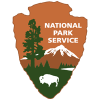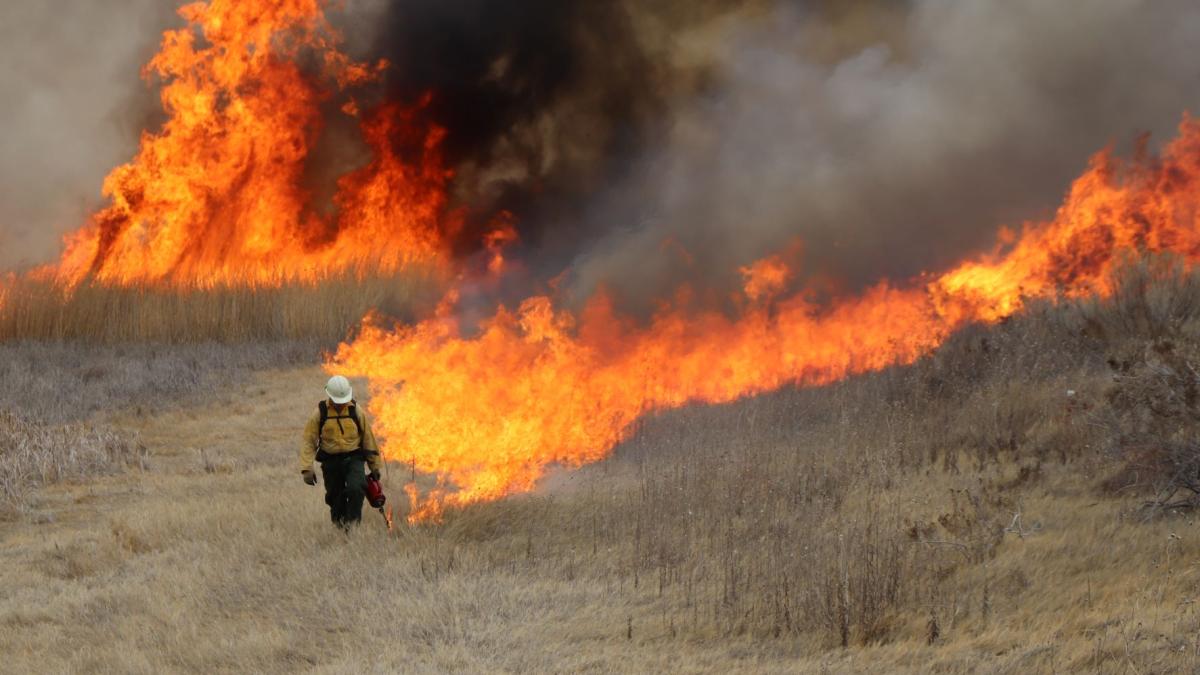
Wildland Firefighter
Position Overview
The Department of the Interior has a critical job to do helping to protect lives, property, and resources from destructive fires. The individuals who support DOI’s wildland fire management efforts serve in a wide variety of roles, including understanding and monitoring fire conditions and behavior; pre-attack planning; preventing and suppressing damaging fires; controlling smoke; loading helicopters; and managing movement of people, equipment, and resources to support firefighting.
This position is represented at the following bureaus
Candidate Description
The ideal candidate has a strong interest in protecting public lands and resources from the devastating effects of fire, whether on the ground monitoring weather patterns, cutting firebreaks or supervising firefighting team operations. Teamwork is extremely important. Front line firefighting requires being adaptable to all varieties of weather, dust and smoke, long hours, uncomfortable living conditions, and unpredictable situations, so endurance, attention to detail, problem solving skills and superior physical conditioning are absolutely necessary.
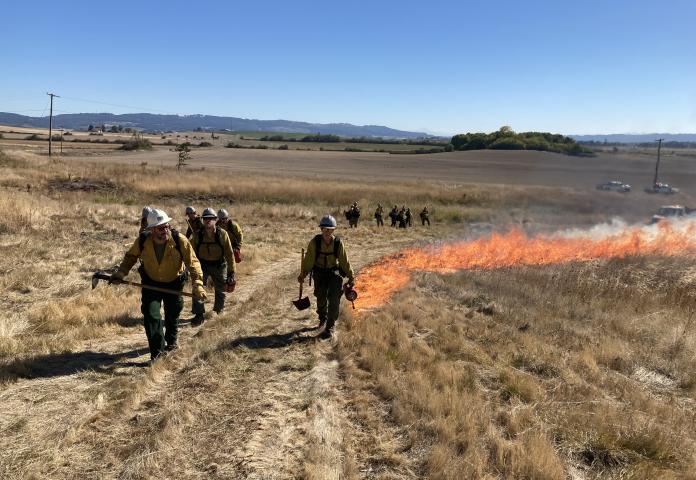
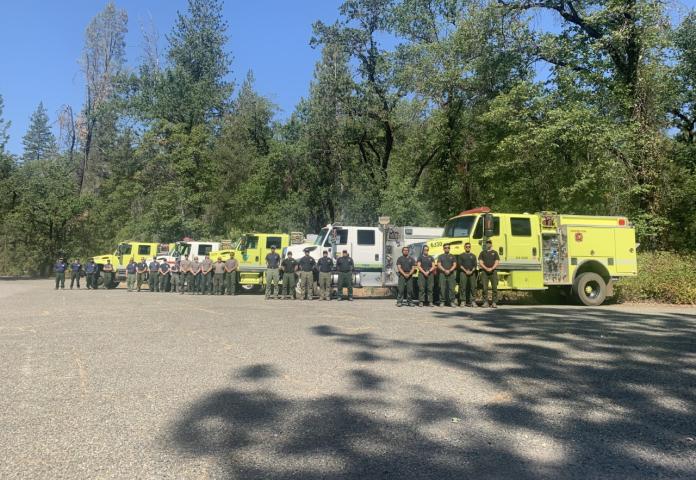

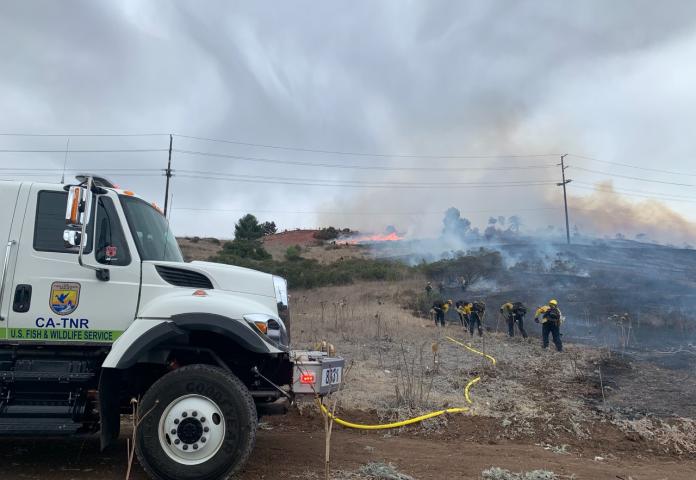
Specialty Areas
- Aviation
- Fire Engine Operation
- Fire Management Officer
- Fire Management Planning
- Fuels Management
- Helitack
- Hotshot Crews
- Prevention
- Smokejumper
Work Environment
You could spend a great deal of time in forests and other remote environments with rocky and/or steep terrain covered with vegetation where temperatures can vary from above 100 degrees F to below freezing.
Minimum Education Requirements
Please see the National Interagency Fire Center position-specific standards.
Please see the GS-0456 Qualification Standard.
Career Level Requirements
Responsibilities by Level
Entry:
- Construct firelines
- Chop brush
- Fight fires as a member of a firefighting unit
- Load helicopters
Mid:
- Lead wildland firefighters and implement firefighting tactics
- Gather and analyze weather and fire data
- Plan and carry out prescribed burns to protect the landscape
- Train staff
Journey:
- Implement wildland fire strategies to meet resource goals
- Develop action items and recommendations on fire management issues
- Assess and coordinate onsite activities and react to changing conditions
- Train staff
Senior:
- Supervise fire management staff
- Plan and approve actions for fire management issues
- Assess and coordinate onsite activities and react to changing conditions
- Evaluate staff
Strengths by Level
-
AccountabilityHolds self and others accountable for measurable high-quality, timely, and cost-effective results. Determines objectives, sets priorities, and delegates work. Accepts responsibility for mistakes. Complies with established control systems and rules.Show Tool TipEntry 3-5Mid 6-7Journey 8-10Senior 11-14
-
Conflict ManagementManages and resolves conflicts, grievances, confrontations, or disagreements in a constructive manner to minimize negative personal impact.Show Tool TipEntry 3-5Mid 6-7Journey 8-10Senior 11-14
-
Decision MakingMakes sound, well-informed, and objective decisions; perceives the impact and implications of decisions; commits to action, even in uncertain situations, to accomplish organizational goals; causes change.Show Tool TipEntry 3-5Mid 6-7Journey 8-10Senior 11-14
-
Oral CommunicationExpresses information (for example, ideas or facts) to individuals or groups effectively, taking into account the audience and nature of the information (for example, technical, sensitive, controversial); makes clear and convincing oral presentations; listens to others, attends to nonverbal cues, and responds appropriately.Show Tool TipEntry 3-5Mid 6-7Journey 8-10Senior 11-14
-
Organizational AwarenessKnows the organization's mission and functions, and how its social, political, and technological systems work and operates effectively within them; this includes the programs, policies, procedures, rules, and regulations of the organization.Show Tool TipEntry 3-5Mid 6-7Journey 8-10Senior 11-14
-
Physical Strength and AgilityAbility to bend, lift, climb, stand, and walk for long periods of time; ability to perform moderately heavy laboring work.Show Tool TipEntry 3-5Mid 6-7Journey 8-10Senior 11-14
-
Planning and EvaluatingOrganizes work, sets priorities, and determines resource requirements; determines short- or long-term goals and strategies to achieve them; coordinates with other organizations or parts of the organization to accomplish goals; monitors progress and evaluates outcomes.Show Tool TipEntry 3-5Mid 6-7Journey 8-10Senior 11-14
-
Problem SolvingIdentifies problems; determines accuracy and relevance of information; uses sound judgment to generate and evaluate alternatives, and to make recommendations.Show Tool TipEntry 3-5Mid 6-7Journey 8-10Senior 11-14
-
ResilienceDeals effectively with pressure; remains optimistic and persistent, even under adversity. Recovers quickly from setbacks.Show Tool TipEntry 3-5Mid 6-7Journey 8-10Senior 11-14
-
StaminaExerts oneself physically over long periods of time without tiring (which may include performing repetitive tasks such as data entry or coding).Show Tool TipEntry 3-5Mid 6-7Journey 8-10Senior 11-14
-
TeamworkEncourages and facilitates cooperation, pride, trust, and group identity; fosters commitment and team spirit; works with others to achieve goals.Show Tool TipEntry 3-5Mid 6-7Journey 8-10Senior 11-14
-
Technical CompetenceUses knowledge that is acquired through formal training or extensive on-the-job experience to perform one's job; works with, understands, and evaluates technical information related to the job; advises others on technical issues.Show Tool TipEntry 3-5Mid 6-7Journey 8-10Senior 11-14
-
WritingRecognizes or uses correct English grammar, punctuation, and spelling; communicates information (for example, facts, ideas, or messages) in a succinct and organized manner; produces written information, which may include technical material, that is appropriate for the intended audience.Show Tool TipEntry 3-5Mid 6-7Journey 8-10Senior 11-14



